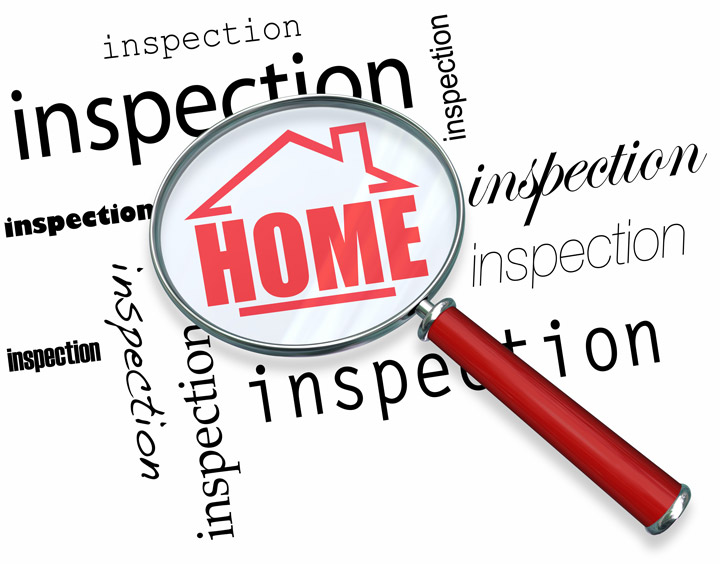
What Are the Components of an Appraisal?Buying real estate can be the most significant transaction some might ever consider. Whether it's where you raise your family, an additional vacation home or a rental fixer upper, purchasing real property is an involved financial transaction that requires multiple people working in concert to make it all happen. Practically all the participants are very familiar. The most familiar face in the exchange is the real estate agent. Then, the bank provides the money needed to fund the deal. And ensuring all requirements of the sale are completed and that the title is clear to transfer to the buyer from the seller is the title company. So, who's responsible for making sure the property is worth the purchase price? This is where the appraiser comes in. We provide an unbiased opinion of what a buyer could expect to pay — or a seller receive — for a property, where both buyer and seller are informed parties. A licensed, certified, professional appraiser from Big Hat Realty & Valuations will ensure, you as an interested party, are informed. The inspection is where an appraisal startsTo ascertain an accurate status of the property, it's our responsibility to first conduct a thorough inspection. We must actually see aspects of the property, such as the number of bedrooms and bathrooms, the location, living areas, etc, to ensure they really exist and are in the condition a reasonable buyer would expect them to be. The inspection often includes a sketch of the house, ensuring the square footage is accurate and conveying the layout of the property. Most importantly, we look for any obvious features - or defects - that would have an impact on the value of the house. Back at the office, we use two or three approaches to determining the value of real property: a sales comparison, a replacement cost calculation, and an income approach when rental properties are prevalent. 
Cost ApproachThis is where the appraiser uses information on local construction costs, labor rates and other factors to calculate how much it would cost to build a property nearly identical to the one being appraised. This figure commonly sets the maximum on what a property would sell for. The cost approach is also the least used method. 
Sales ComparisonAppraisers get to know the neighborhoods in which they work. They thoroughly understand the value of specific features to the people of that area. Then, the appraiser looks up recent sales in the neighborhood and finds properties which are 'comparable' to the home in question. Using knowledge of the value of certain items such as square footage, additional bathrooms, hardwood floors, fireplaces or view lots (just to name a few), we adjust the comparable properties so that they more accurately portray the features of subject property.
After all differences have been accounted for, the appraiser reconciles the adjusted sales prices of all the comps and then derives an opinion of what the subject could sell for. At Big Hat Realty & Valuations, we are experts in knowing the worth of particular items in Belton and Bell County neighborhoods. The sales comparison approach to value is typically given the most weight when an appraisal is for a real estate sale. Valuation Using the Income ApproachA third method of valuing approach to value is sometimes used when a neighborhood has a measurable number of rental properties. In this scenario, the amount of revenue the property produces is factored in with other rents in the area for comparable properties to determine the current value. The Bottom LineCombining information from all applicable approaches, the appraiser is then ready to stipulate an estimated market value for the property at hand. The estimate of value at the bottom of the appraisal report is not necessarily what's being paid for the property even though it is likely the best indication of what a property is worth. There are always mitigating factors such as seller motivation, urgency or 'bidding wars' that may adjust the final price up or down. But the appraised value is often used as a guideline for lenders who don't want to loan a buyer more money than the property is actually worth. At the end of the day, an appraiser from Big Hat Realty & Valuations will help you discover the most fair and balanced property value, so you can make profitable real estate decisions. |